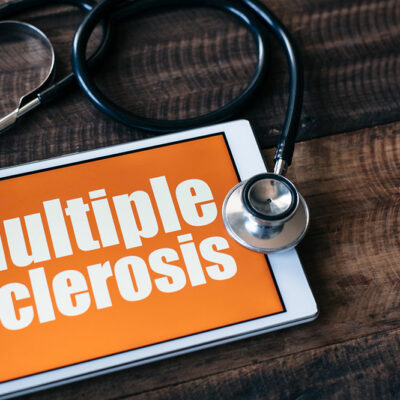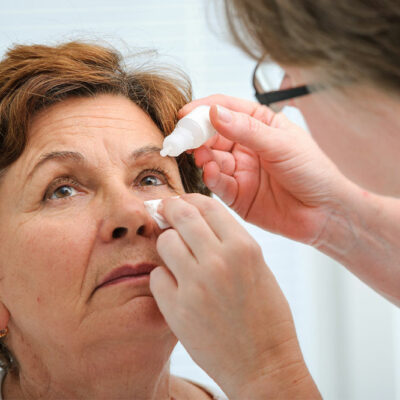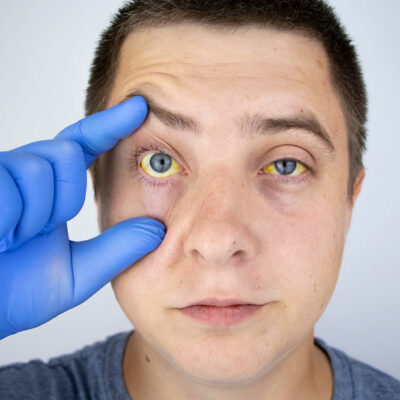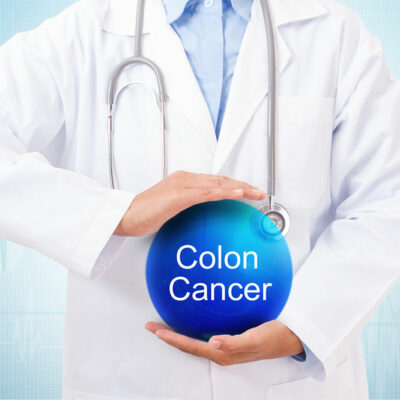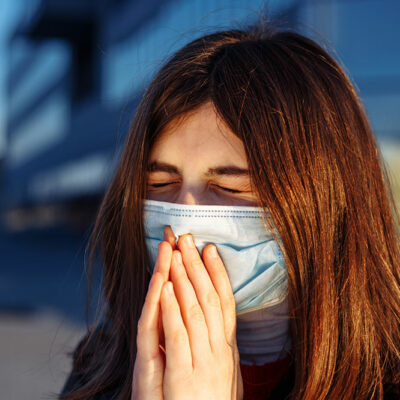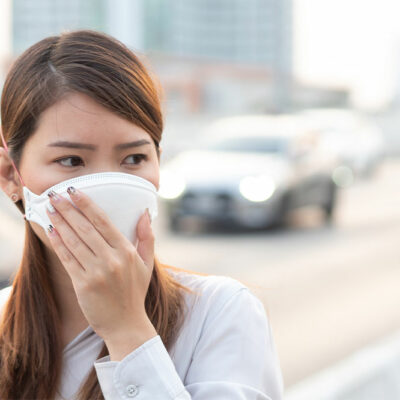
Health
Common City Air Pollutants That Trigger Skin Diseases
Among the various causes of skin disease, the most worrying and inescapable is air pollution. While most people know that air pollution results from burning fossil fuels and aerosols, the prolonged ill effects are less understood. There are various air pollutants like allergens, dust, particulate matter, and UV radiation. Prolonged exposure to toxic air pollutants causes various diseases, but the following are some pollutants that trigger skin diseases. 1. Allergens Allergens are elements that cause the immune system to overreact. While symptoms are primarily respiratory, you cannot forget the skin. Pollen, fungal spores, house dust, insect allergen, food, and medicine allergens are all common in cities, especially polluted ones. Airborne allergens in contaminated air can cause several diseases like allergic rhinitis, allergic conjunctivitis, atopic dermatitis, and bronchial asthma. Allergies also exacerbate existing skin conditions like eczema and hives. 2. Particulate matter Most air pollution happens due to particulate matter. Increased particulate matter content due to neighboring industries is common in urban centers, and this causes a lot of skin conditions. Epidemiological studies indicate that higher particulate matter content induces oxidative stress. Oxidation causes the release of pro-inflammatory chemicals that exacerbate aging and inflammation-related skin diseases like eczema, psoriasis, and dermatitis.
Read More 



